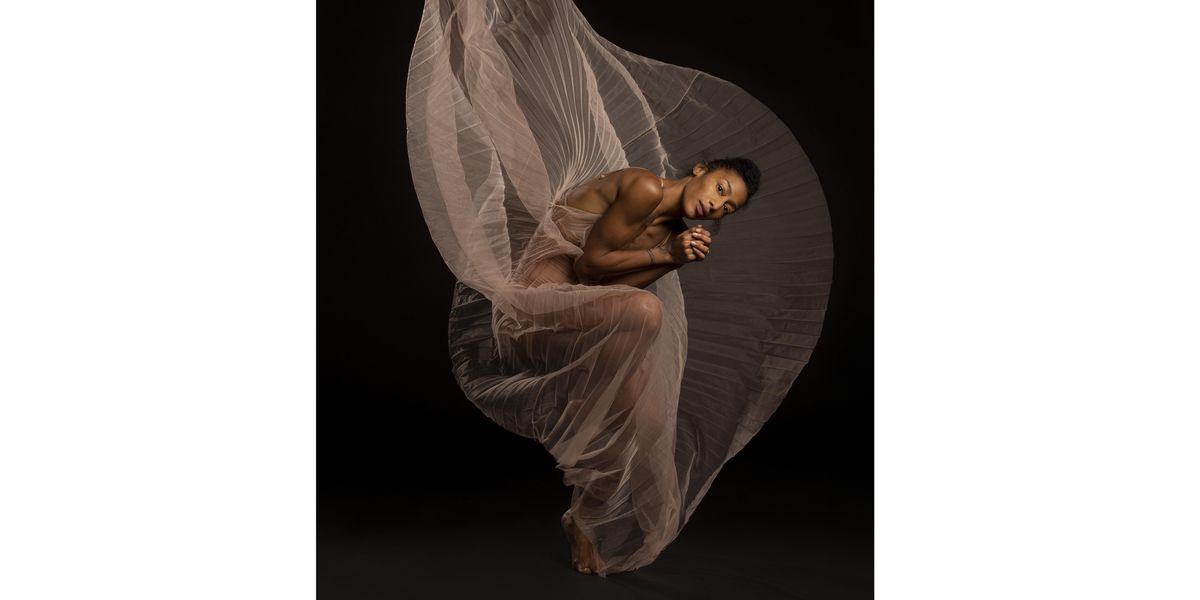Gibney Company Names Rena Butler as its First Choreographic Associate
Rena Butler
has been named Gibney Company’s first-ever choreographic associate. Announced Thursday, the full-time three-year position includes liberal time for research and travel, studio space and creative and administrative support. In addition to creating new works for New York City’s Gibney Company, Butler is encouraged to pursue other national and international commissions. She will select a yet-to-be-named mentor and, as part of her tenure, will lead a program that helps foster a new generation of new choreographers from diverse backgrounds.
The Chicago native trained at the Chicago Academy for the Arts, Taipei National University of the Arts and SUNY Purchase Conservatory of Dance, where she earned a BFA. Butler joined Gibney in 2020 after three seasons with Hubbard Street Dance Chicago and had previously danced with A.I.M, Bill T. Jones/Arnie Zane Company and David Dorfman Dance, among others.
Her fast-growing resumé, propelled in large part by a 2019 Princess Grace choreography fellowship with Hubbard Street, includes commissions by BalletX, Boston Dance Theater and the New Orleans Museum of Modern Art, with upcoming premieres for Dance Theatre of Harlem, Charlotte Ballet, Whim W’Him in Seattle and Cleveland’s GroundWorks DanceTheater.
While this new position is specifically designed to meet Butler’s professional interests, artistic director Gina Gibney initially recruited her as a dancer. Gibney says the stage was set for some kind of choreographic residency as the organization increasingly moved from a single-choreographer ensemble into a repertory model.
“We are always open to embracing change,” says Gibney. A major gift from Andrew A. Davis, a trustee of the Shelby Cullom Davis Charitable Fund, made it possible to hire additional dancers in 2020. Combined with the company’s social justice initiatives and studio spaces, the shift in model transformed the organization in a way that perfectly suited Butler.
“It was apparent to me from my first conversation with Rena that this was not just a hire of a dancer,” Gibney says. “I’ve never felt so strongly about bringing someone into our organization and dreaming about the ways Rena could use our resources and platform to create her own vision. With her creative talent and the momentum she was establishing as a choreographer, the writing was on the wall that we needed to open up her position into something fuller and make that part of her job.”
Uniquely, Butler is not forced to make concessions as she develops her choreographic portfolio. She will continue to rehearse and perform with the company and nurture a commitment to service and social justice, given not just latitude but institutional backing to diverge from the 10-6 dancer grind.
“It’s so rare, having the space to investigate all of those avenues simultaneously,” says Butler. “Gibney is doing something incredibly right, that I wish more institutions would lean into if they want to promote longevity. How do you show that you value artists who have multiple interests?”
A three-year commitment sounds daunting, but the long game uniquely suits Butler’s choreographic zeitgeist. She works in waves, creating sets of dances or revisiting and refining previous ideas. Butler sees the position as both a luxury and a responsibility. “I have goals, but I’m not really ever thinking of success,” she says. “It’s more, What do I do with the visibility and how do I keep shining light on stories that haven’t been seen before? These are my interests. Wherever the curiosity bites, I’m just taking it in stride.”




